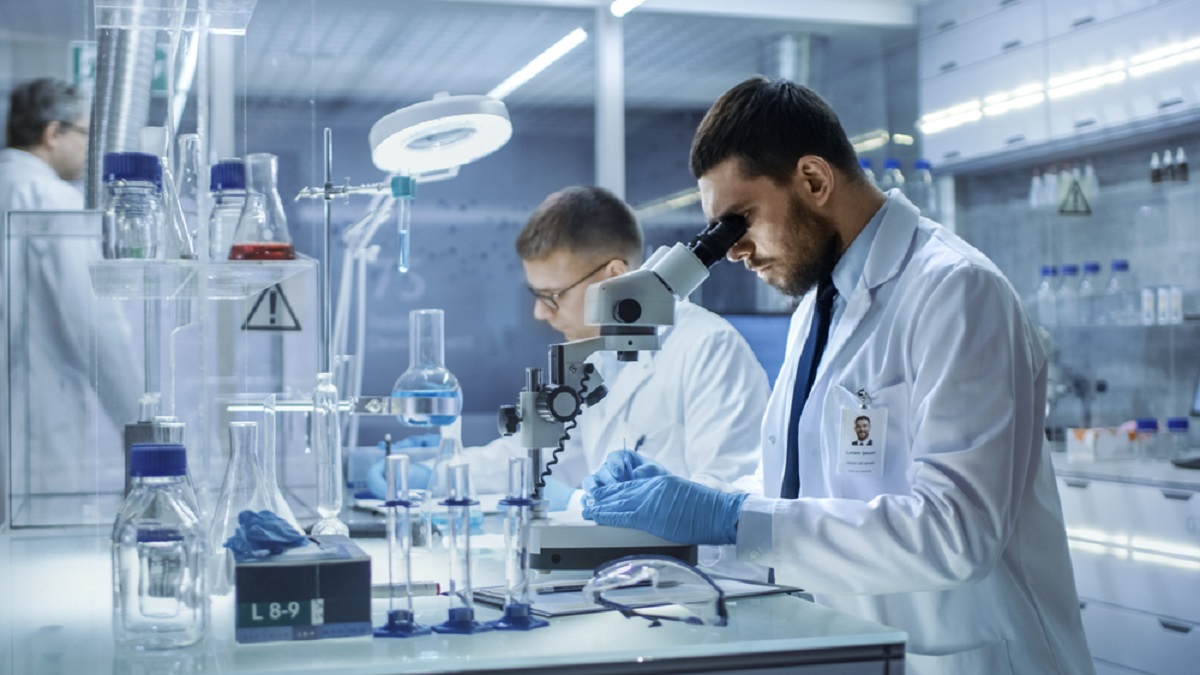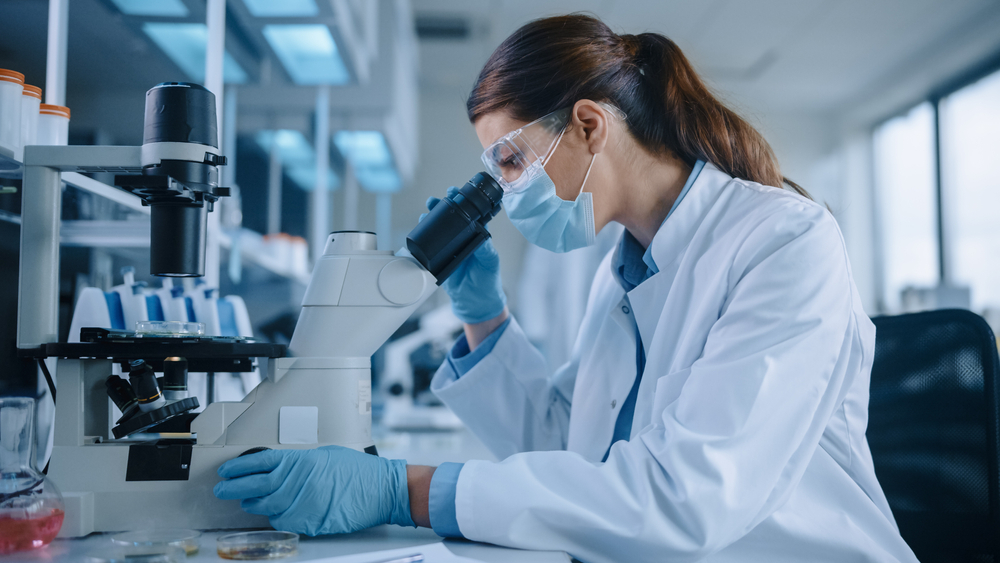Introduction
As the world of research continues to evolve, new methodologies are emerging that leverage the power of data and computational power. One such approach is dry lab analysis, a data-driven research method that relies on computational models and simulations. This article will delve into the world of dry labs, their importance in modern research, and the crucial role of data pre-processing. We will also explore the advantages and limitations of dry lab analysis and its potential impact on the future of scientific research.
What is a Dry Lab?
A dry lab, also known as an in silico lab, is a research environment. That utilizes computational methods and software tools to analyze and model experimental data. It analysis is rooted in the fields of bioinformatics and computational biology, where researchers use computer algorithms to study complex biological systems. This approach is increasingly used in other scientific disciplines, such as chemistry, physics, and materials science.
In contrast to the traditional wet lab, which involves hands-on experimentation with physical samples, a dry lab relies on virtual experiments and simulations. Some of the key techniques used in dry labs include molecular modeling, high-throughput screening, and data mining. By leveraging computational power, dry lab analysis accelerates the research process, reduces the need for physical experimentation, and generates valuable insights from large datasets.
Importance of Data Pre-processing
Data pre-processing is vital in dry lab analysis as it guarantees the quality and reliability of data employed in computational models. Since dry lab experiments solely rely on data, the accuracy and validity of results hinge on the input data’s quality. Inadequately pre-processed data can result in erroneous conclusions and unreliable models, underscoring the indispensable nature of data pre-processing in the dry lab workflow.
Key Steps in Data Pre-processing
Data pre-processing involves several steps, which are designed to clean, integrate, transform, and reduce the data for effective analysis. These steps include:
Data Cleaning
Data cleaning is the process of identifying and correcting errors, inconsistencies, and inaccuracies in the data. This may involve removing duplicate records, filling in missing values, or correcting data entry errors. Data cleaning is crucial for reliable computational models as it ensures the quality and accuracy of input data.
Data Integration
It the process of combining data from various sources into a unified, coherent dataset. In dry lab analysis, the integration of data from various experiments, technologies, or databases is of paramount importance. However, data integration poses challenges due to variations in formats, units, or scales. To address this, researchers often need to create custom algorithms or software tools to harmonize the data and ensure compatibility. This aspect highlights the significance of data integration in dry lab analysis.
Data Transformation
This may involve normalizing the data, rescaling variables, or applying mathematical transformations. Data transformation is essential for ensuring that the data is compatible with the computational models and algorithms used in the dry lab analysis.
Data Reduction
It is the process of reducing the size of the dataset by removing irrelevant, redundant, or noisy data. In this lab analysis, the significance of efficient data handling is emphasized, as large datasets can impose computational burdens and impede the analysis process. Employing data reduction techniques, such as feature selection or dimensionality reduction, becomes crucial in identifying the most pertinent and informative variables for analysis. By focusing on relevant data, these techniques streamline the analysis process and enhance computational efficiency in dry lab research.

Advantages of Dry Lab Analysis
Dry lab analysis offers several advantages over traditional wet lab approaches, including:
- Speed: Computational models can analyze data and generate results much faster than wet lab experiments, accelerating the research process.
- Cost-effectiveness: Dry lab analysis reduces the need for expensive reagents, equipment, and lab space, making it a more cost-effective research approach.
- Scalability: Dry lab techniques can analyze large datasets and handle complex problems, making them suitable for high-throughput screening and big data applications.
- Reproducibility: Computational models can be easily shared and replicated, enhancing the reproducibility and transparency of research findings.
Limitations and Challenges
Despite its many advantages, dry lab analysis also faces some limitations and challenges:
- Data quality: The accuracy and validity of dry lab results depend on the quality of the input data, making data preprocessing and quality control essential.
- Model limitations: Computational models may not capture all the complexities of biological systems, leading to oversimplification or inaccuracies.
- Interpretation challenges: The results of dry lab analysis can be difficult to interpret, particularly for researchers without a strong computational background.
- Ethical concerns: The use of large datasets and computational models raises concerns about data privacy, security, and the potential misuse of research findings.
The Future of Dry Lab Analysis
As computational power and data storage capacity continue to grow, the potential applications of dry lab analysis are expanding rapidly. It techniques will be crucial in future scientific research, advancing drug discovery, personalized medicine, and materials science. They complement wet lab approaches, enhancing comprehension of intricate biological systems and speeding up discovery.
Conclusion
Dry lab analysis transforms scientific research by utilizing computational models and data-driven methods, offering a paradigm shift. Data pre-processing becomes crucial in ensuring reliable and high-quality input data for driving dry lab experiments. As the research landscape evolves, dry lab analysis holds the potential to expedite discovery and revolutionize our understanding of the world.




